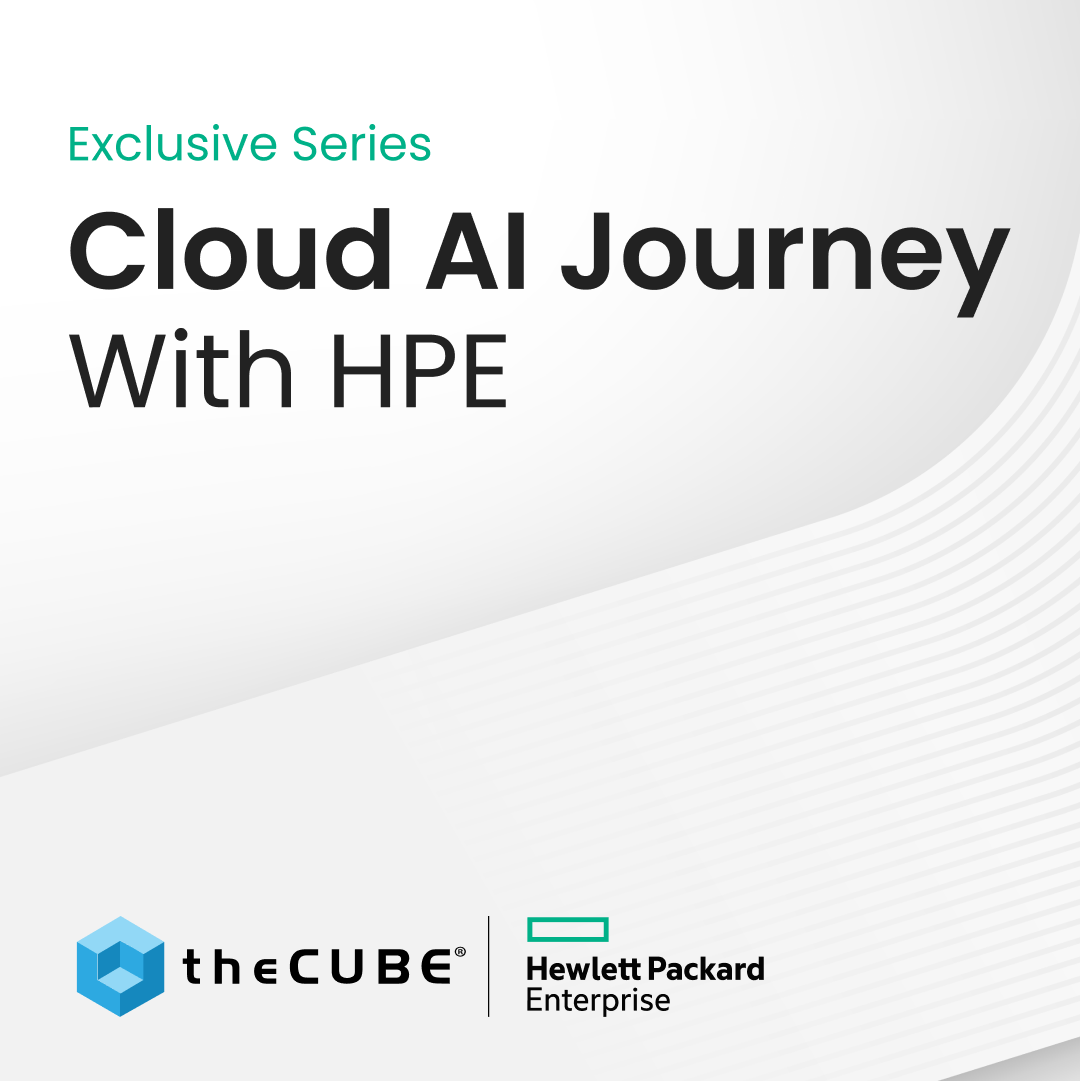Shouldn’t Netflix get free USPS mail delivery?
With less than 10% of the US population subscribing to Netflix DVD rental service, Netflix already pays more than $700 million a year to the US Postal service for the postage for the DVDs they send which is a staggering 28% of Netflix revenue. Unfortunately for Netflix, the US Postal Service might increase rates and that just doesn’t seem fair to Netflix who is merely sending out DVDs that American citizens requested. In fact, American citizens have already paid for the roads, the USPS trucks, and the salaries of the USPS workers so the right thing to do would be to give Netflix free USPS delivery! And if the number of USPS trucks and workers have to increase 3-fold to accommodate Netflix, the tax payers can cover that too. ![]()
Of course I’m being sarcastic and it’s actually one of the suppliers of Netflix and not Netflix demanding free broadband delivery. It is Level 3 Communications that is demanding free delivery over Comcast’s network so they can win the lowest bid to deliver Netflix online (see video explanation). We all know that it wouldn’t be fair to ask the 90% of the population who don’t subscribe to Netflix to subsidize postage for USPS delivery of Netflix DVDs to the 10% of the population who do use Netflix. Those Netflix subscribers indirectly pay for the USPS postage through their monthly Netflix subscription fees.
Physical DVD and online delivery aren’t much different
The same online delivery economics apply to broadband networks since both require costly infrastructure as volume goes up. A small fraction of the broadband customer base subscribe to Netflix and they have been indirectly paying Akamai and Limelight Content Delivery Network (CDN) services. These CDNs in turn pay Comcast for high speed private peering capacity to deliver online movies from Netflix. But Level 3 Communications decided that they would leverage and expand their existing Settlement Free Interconnection (SFI or “free peering”) with Comcast to undercut Akamai and Limelight’s CDN service to offer a cheaper delivery service to Netflix.
Once Level 3 won that bid to deliver Netflix movies online, they turned around and asked Comcast for an additional 300 Gbps of free peering capacity. Comcast gave Level 3 an additional 60 Gbps of free peering capacity on top of the 200 Gbps they were already getting despite the fact that their free peering agreement stipulated a “roughly equal” traffic exchange which Level 3 was already exceeding 2:1. Now with roughly 160 Gbps of the 260 Gbps of peering capacity out of balance, Comcast told Level 3 that they could continue to get 160 Gbps out of balance traffic for free but the additional 200 Gbps of peering capacity or more requested by Level 3 would have to be paid for.
Level 3 agreed to pay for the additional capacity under protest and went to the media claiming that Comcast was trying to single out video and erect a toll on video. Comcast replied they didn’t care what kind of traffic Level 3 sent them and that they’re only enforcing their contractual rights in the peering agreement, and that Level 3 would have to pay for additional peering capacity with Comcast just like all the other CDN providers. Level 3 responded that no CDN provider should have to pay anything to access Comcast’s expensive infrastructure which requires 750,000 route miles of cabling and equipment.
CDN costs are low compared to broadband infrastructure
Level 3′s demand is ridiculous because CDNs have a relatively low cost of providing CDN services because the bulk of their video delivery infrastructure only needs a few feet of Ethernet cabling connecting their caching servers and the rack space needed to house those servers. Level 3 claims that they’re using their own nationwide backbone infrastructure but that’s largely irrelevant to the CDN business. That’s because Level 3 would only need to occasionally use their existing 100,000 route miles of infrastructure for first-time content delivery to the caching servers which doesn’t require much capacity since it’s only done once to each CDN distribution location. It’s the distribution to the customers that require costly retransmissions for each and every customer and that has to happen over Comcast’s vast access network.
The purpose and spirit of peering is that the two network carriers don’t charge each other money if they share costs on infrastructure and benefit equally. If they don’t share costs equally, then they compensate each other with the money from the customer who uses the network which in this case is Netflix. Level 3 will collect money from Netflix for their CDN deal but they don’t want to share any of that money with Comcast which does far more of the work to deliver that content.
But our users requested it which entitles us to free delivery!
Yet Level 3 argues that because a small percentage of Comcast broadband customers requested the Netflix video data, then all of Comcast’s broadband customers should pay to upgrade Comcast’s broadband infrastructure to accommodate Level 3′s CDN business which would allow Level 3 to continue offering rock bottom delivery prices to Netflix. But how is this argument any different from the argument that all American citizens should subsidize Netflix DVD mail delivery?
By that rationale I should be able to start “George’s online backup service”, set up a server at an Internet Exchange, sign up a few Comcast and Level 3 customers, and I would be entitled to peer for free with Comcast and Level 3 with a 10 Gbps Ethernet connection and expand from there. I would be willing to bet that Level 3 would not extend such a privilege to me or anyone else because I would be trying to exploit their infrastructure and investments for my own personal gain.
While free delivery benefits Netflix, Level 3 Communications, and Netflix customers (including me), but I don’t believe that the majority of Americans and broadband subscribers should subsidize my video service or anyone else’s. Under the existing system where Netflix indirectly pays its own way through CDN providers like Akamai and Limelight, Netflix helps to expand the Internet. Under a proposed system where a Netflix distributor expects broadband providers and their customers (most of whom have nothing to do with Netflix) absorb the costs, broadband will grow at the minimal rate that price sensitive consumers will tolerate. That makes no sense and it is not the broadband growth pace this economically ailing nation is looking for.
UPDATE – Some back of the envelop estimates on online delivery costs
It’s interesting to note that at the bulk price paid peering rate of $1/Mbps/month, and Netflix probably accounting for 300,000 Mbps of the peering traffic from Level 3 to Comcast, that works out to $300,000 a month or $3.6 million a year in delivery costs. If we consider that Comcast accounts for 22% of the broadband connections in the US and scaled the delivery costs to every broadband home (even if we assumed every broadband provider charged for peering), then it would cost around $16.4 million a year in peering bandwidth to deliver content. Even with the cost of 300 servers and the server hosting costs, it’s still cheap compared to the $700+ million a year (and growing) for physical disk distribution which explains why Netflix is eager to dump physical media.
At roughly 16 Million Netflix subscribers total and 22% using Comcast, that means there are likely around 3.52 million Comcast users using Netflix. That works out to about $1.02 per month in paid peering bandwidth per Comcast Netflix subscriber. At roughly 4 Mbps per Netflix HD video stream, 300 Gbps of peering capacity would serve 75,000 concurrent Netflix viewers on Comcast broadband which is 2.13% of the Netflix user base. As Netflix usage increases, Level 3 will need to buy more peering capacity.
[Cross-posted at Digital Society]
A message from John Furrier, co-founder of SiliconANGLE:
Your vote of support is important to us and it helps us keep the content FREE.
One click below supports our mission to provide free, deep, and relevant content.
Join our community on YouTube
Join the community that includes more than 15,000 #CubeAlumni experts, including Amazon.com CEO Andy Jassy, Dell Technologies founder and CEO Michael Dell, Intel CEO Pat Gelsinger, and many more luminaries and experts.
THANK YOU















